
STA 1132 Descriptive Statistics
Definition of Statistics and Role of Statistics
Department of Statistics, Faculty of Applied Sciences
University of Sri Jayewardenepura, Sri Lanka
Learning Objective:
By the end of this lecture, students will be able to:
- Define statistics and explain its fundamental concepts.
- Identify the various fields and contexts where statistics is used.
- Explain the importance and significance of statistics in decision-making and problem-solving processes.
Outline
What is statistics?
Where do we use statistics?
Why do we need statistics?
Outline
What is statistics?
Where do we use statistics?
Why do we need statistics?
What is Statistics?
The science of collecting, organizing, and analyzing data, and presenting and interpreting the results derived from that data to gain insights and make informed decisions.
The science of collecting, organizing, and analyzing data, and presenting and interpreting the results derived from that data to gain insights and make informed decisions.
The science of collecting, organizing, and analyzing data, and presenting and interpreting the results derived from that data to gain insights and make informed decisions.
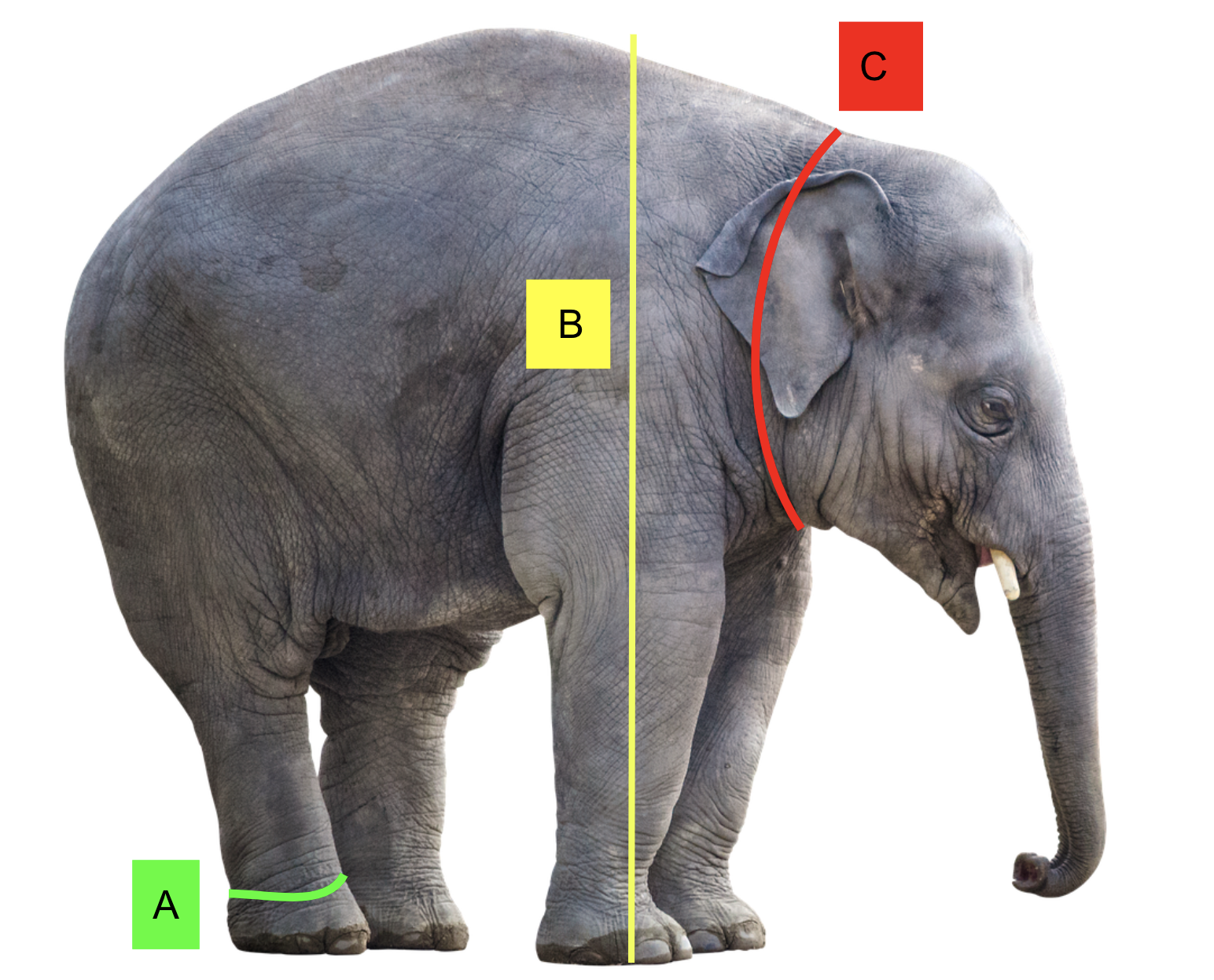
Tabular data (Structured data)

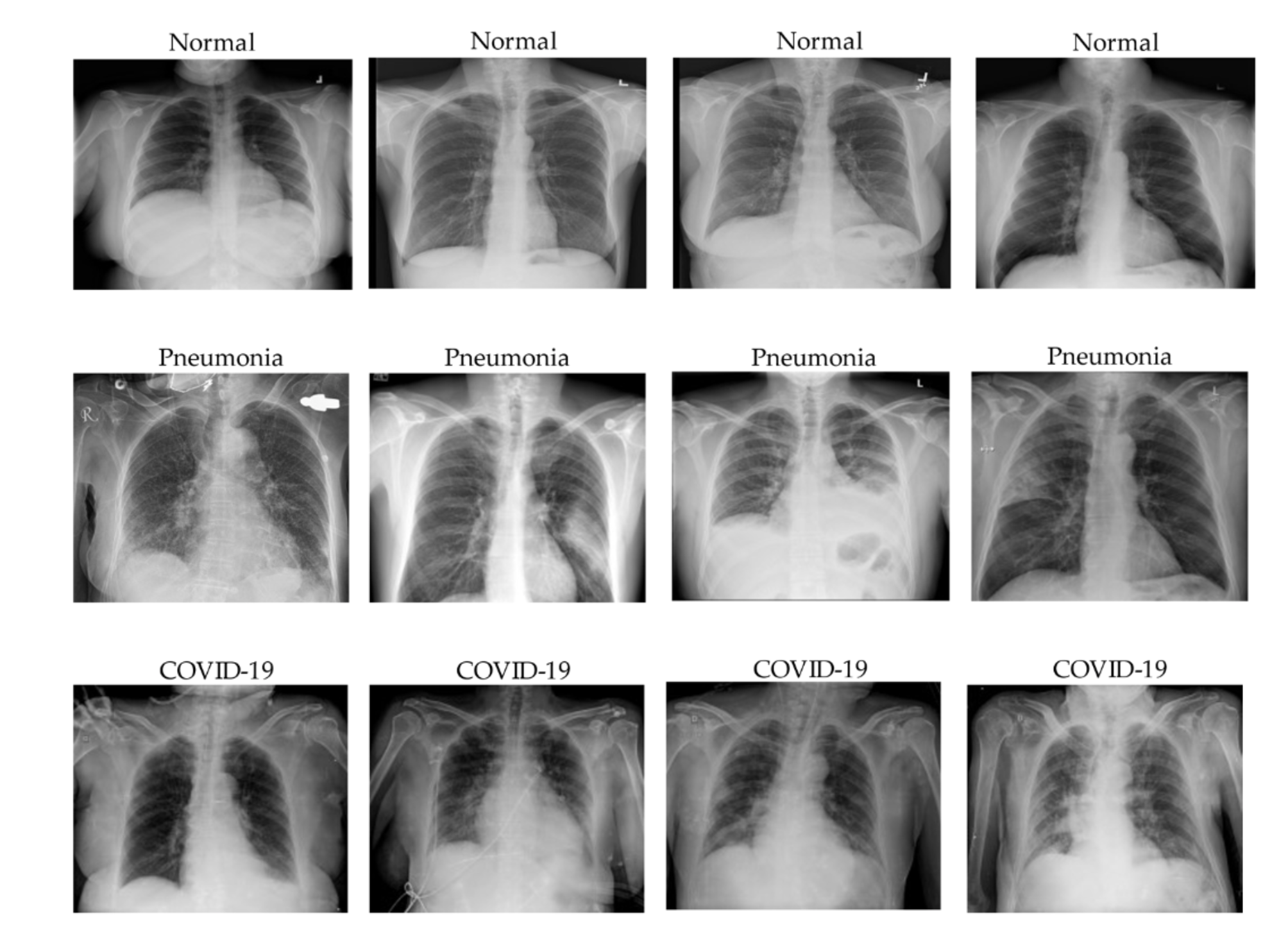
Source: Le Dinh, T., Lee, S. H., Kwon, S. G., & Kwon, K. R. (2022). COVID-19 Chest X-ray Classification and Severity Assessment Using Convolutional and Transformer Neural Networks. Applied Sciences, 12(10), 4861.
Tabular data (Structured data)

Image data

Tabular data (Structured data)

Audio data
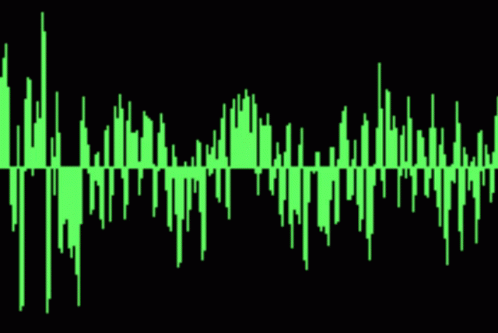
Image data

Tabular data (Structured data)

Audio data

The science of collecting, organizing, and analyzing data, and presenting and interpreting the results derived from that data to gain insights and make informed decisions.
How to choose a representative subset of the population?
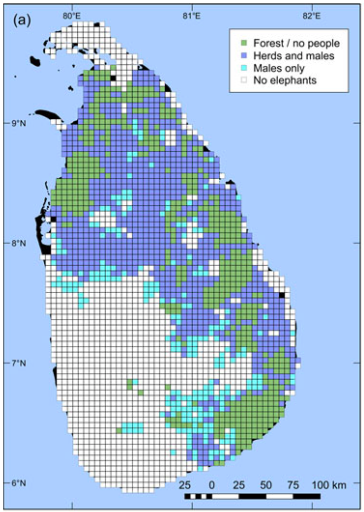
Elephant distribution map for Sri Lanka. Image courtesy of Fernando et al (2019). (accessed from https://news.mongabay.com/2019/02/sri-lanka-gets-its-first-data-based-elephant-distribution-map/)
The science of collecting, organizing, and analyzing data, and presenting and interpreting the results derived from that data to gain insights and make informed decisions.
The science of collecting, organizing, and analyzing data, and presenting and interpreting the results derived from that data to gain insights and make informed decisions.
ID Gender A B C Weight
1 1 Male 80.0 3.6 2.5 4000
2 2 Female 90.0 2.5 6.3 5000
3 3 Female 110.0 4.0 4.5 6000
4 4 Female 100.0 4.5 3.2 7000
5 5 Female 91.5 3.0 3.5 7550
6 6 Male 92.0 3.9 3.7 4500
7 7 Male 88.0 4.2 3.8 3375
8 8 Male 70.0 4.6 3.9 5500
9 9 Female 99.6 4.9 3.4 4988
10 10 Female 100.2 5.5 2.8 5594
11 11 Female 98.9 3.4 4.9 3530
12 12 Female 101.8 2.9 3.3 3007
13 13 Female 100.0 4.2 4.2 4259
14 14 Female 100.3 3.5 2.6 3595
15 15 Female 98.7 4.4 3.0 4516
16 16 Female 98.4 2.2 3.6 2307
17 17 Female 100.5 2.7 3.8 2847
18 18 Female 100.1 2.9 4.5 2991
19 19 Female 100.2 2.8 2.6 2906
20 20 Female 99.9 4.6 3.0 4694
21 21 Female 99.6 4.8 2.5 4905
22 22 Female 101.0 3.6 0.7 3694
23 23 Female 100.3 3.1 3.6 3242
24 24 Female 98.6 4.2 3.6 4281
25 25 Female 99.5 3.4 5.0 3534
26 26 Female 100.6 2.9 4.6 3044
27 27 Female 99.5 3.4 4.7 3455
28 28 Female 100.9 3.2 3.6 3324
29 29 Female 98.1 2.7 3.3 2793
30 30 Female 98.5 2.9 5.3 3050
31 31 Female 99.3 3.5 3.1 3622
32 32 Female 101.5 3.8 2.7 3870
33 33 Female 100.8 3.5 3.7 3611
34 34 Female 100.0 4.4 5.1 4482
35 35 Female 98.5 2.5 3.9 2563
36 36 Female 99.9 4.1 3.9 4155
37 37 Female 99.8 4.0 3.3 4117
38 38 Female 99.2 3.9 1.7 4023
39 39 Female 100.2 5.4 4.4 5535
40 40 Female 101.2 3.7 3.5 3778
41 41 Female 100.4 4.1 2.4 4151
42 42 Female 99.8 3.6 4.2 3677
43 43 Female 100.9 3.4 3.4 3504
44 44 Female 100.5 2.4 3.5 2494
45 45 Female 98.6 4.5 3.6 4631
46 46 Female 99.2 3.0 2.6 3098
47 47 Female 99.7 4.3 3.0 4351
48 48 Female 100.5 3.2 3.9 3274
49 49 Female 99.8 3.5 3.4 3575
50 50 Female 99.9 1.7 3.5 1796
51 51 Female 99.9 2.0 4.4 2075
52 52 Female 100.6 3.2 3.6 3273
53 53 Female 100.4 2.7 3.0 2837
54 54 Female 101.2 3.0 4.1 3140
55 55 Male 98.4 2.3 4.9 3561
56 56 Male 102.1 3.9 3.3 5965
57 57 Male 99.7 3.5 1.9 5405
58 58 Male 98.4 1.4 4.7 2176
59 59 Male 98.7 2.5 3.8 3789
60 60 Male 98.0 1.9 3.2 2887
61 61 Male 99.5 2.3 3.0 3537
62 62 Male 99.0 2.7 1.8 4172
63 63 Male 101.0 3.3 2.8 4993
64 64 Male 100.0 3.2 4.1 4903
65 65 Male 100.1 2.1 3.5 3319
66 66 Male 100.7 1.2 3.5 1962
67 67 Male 100.2 3.4 3.5 5268
68 68 Male 99.5 3.1 4.6 4685
69 69 Male 98.9 2.6 3.9 4047
70 70 Male 101.1 6.0 3.9 9121
71 71 Male 99.3 2.6 3.3 3961
72 72 Male 99.2 4.3 3.2 6567
73 73 Male 99.4 1.9 2.8 2891
74 74 Male 99.8 1.7 3.4 2680
75 75 Male 100.1 4.9 3.3 7506
76 76 Male 100.3 3.7 2.6 5675
77 77 Male 99.7 2.4 4.2 3736
78 78 Male 100.8 4.0 4.5 6160
79 79 Male 100.8 3.3 3.6 5072
80 80 Male 102.4 3.3 2.1 4994
81 81 Male 100.8 3.3 3.3 5055
82 82 Male 98.9 3.8 4.3 5798
83 83 Male 100.2 0.7 3.1 1184
84 84 Male 100.2 4.2 4.8 6432
85 85 Male 100.0 2.3 2.6 3592
86 86 Male 100.0 2.4 4.6 3654
87 87 Male 100.7 2.0 3.0 3086
88 88 Male 100.0 2.0 2.7 3128
89 89 Male 99.0 3.8 3.5 5787
90 90 Male 100.3 1.8 3.3 2775
91 91 Male 100.4 5.1 3.9 7735
92 92 Male 101.0 4.2 4.1 6371
93 93 Male 99.1 3.7 5.4 5721
94 94 Male 98.8 3.9 4.6 5935
95 95 Male 100.3 4.2 5.1 6358
96 96 Male 100.3 3.7 2.8 5654
97 97 Male 100.0 3.1 2.1 4704
98 98 Male 100.7 2.4 3.3 3627
99 99 Male 100.4 3.8 3.3 5800
100 100 Male 99.6 1.3 3.1 2005| ID | Gender | A | B | C | Weight |
|---|---|---|---|---|---|
| 1 | Male | 80.0 | 3.6 | 2.5 | 4000 |
| 2 | Female | 90.0 | 2.5 | 6.3 | 5000 |
| 3 | Female | 110.0 | 4.0 | 4.5 | 6000 |
| 4 | Female | 100.0 | 4.5 | 3.2 | 7000 |
| 5 | Female | 91.5 | 3.0 | 3.5 | 7550 |
| 6 | Male | 92.0 | 3.9 | 3.7 | 4500 |
| 7 | Male | 88.0 | 4.2 | 3.8 | 3375 |
| 8 | Male | 70.0 | 4.6 | 3.9 | 5500 |
| 9 | Female | 99.6 | 4.9 | 3.4 | 4988 |
| 10 | Female | 100.2 | 5.5 | 2.8 | 5594 |
| 11 | Female | 98.9 | 3.4 | 4.9 | 3530 |
| 12 | Female | 101.8 | 2.9 | 3.3 | 3007 |
| 13 | Female | 100.0 | 4.2 | 4.2 | 4259 |
| 14 | Female | 100.3 | 3.5 | 2.6 | 3595 |
| 15 | Female | 98.7 | 4.4 | 3.0 | 4516 |
| 16 | Female | 98.4 | 2.2 | 3.6 | 2307 |
| 17 | Female | 100.5 | 2.7 | 3.8 | 2847 |
| 18 | Female | 100.1 | 2.9 | 4.5 | 2991 |
| 19 | Female | 100.2 | 2.8 | 2.6 | 2906 |
| 20 | Female | 99.9 | 4.6 | 3.0 | 4694 |
| 21 | Female | 99.6 | 4.8 | 2.5 | 4905 |
| 22 | Female | 101.0 | 3.6 | 0.7 | 3694 |
| 23 | Female | 100.3 | 3.1 | 3.6 | 3242 |
| 24 | Female | 98.6 | 4.2 | 3.6 | 4281 |
| 25 | Female | 99.5 | 3.4 | 5.0 | 3534 |
| 26 | Female | 100.6 | 2.9 | 4.6 | 3044 |
| 27 | Female | 99.5 | 3.4 | 4.7 | 3455 |
| 28 | Female | 100.9 | 3.2 | 3.6 | 3324 |
| ID | Gender | A | B | C | Weight | |
|---|---|---|---|---|---|---|
| 29 | 29 | Female | 98.1 | 2.7 | 3.3 | 2793 |
| 30 | 30 | Female | 98.5 | 2.9 | 5.3 | 3050 |
| 31 | 31 | Female | 99.3 | 3.5 | 3.1 | 3622 |
| 32 | 32 | Female | 101.5 | 3.8 | 2.7 | 3870 |
| 33 | 33 | Female | 100.8 | 3.5 | 3.7 | 3611 |
| 34 | 34 | Female | 100.0 | 4.4 | 5.1 | 4482 |
| 35 | 35 | Female | 98.5 | 2.5 | 3.9 | 2563 |
| 36 | 36 | Female | 99.9 | 4.1 | 3.9 | 4155 |
| 37 | 37 | Female | 99.8 | 4.0 | 3.3 | 4117 |
| 38 | 38 | Female | 99.2 | 3.9 | 1.7 | 4023 |
| 39 | 39 | Female | 100.2 | 5.4 | 4.4 | 5535 |
| 40 | 40 | Female | 101.2 | 3.7 | 3.5 | 3778 |
| 41 | 41 | Female | 100.4 | 4.1 | 2.4 | 4151 |
| 42 | 42 | Female | 99.8 | 3.6 | 4.2 | 3677 |
| 43 | 43 | Female | 100.9 | 3.4 | 3.4 | 3504 |
| 44 | 44 | Female | 100.5 | 2.4 | 3.5 | 2494 |
| 45 | 45 | Female | 98.6 | 4.5 | 3.6 | 4631 |
| 46 | 46 | Female | 99.2 | 3.0 | 2.6 | 3098 |
| 47 | 47 | Female | 99.7 | 4.3 | 3.0 | 4351 |
| 48 | 48 | Female | 100.5 | 3.2 | 3.9 | 3274 |
| 49 | 49 | Female | 99.8 | 3.5 | 3.4 | 3575 |
| 50 | 50 | Female | 99.9 | 1.7 | 3.5 | 1796 |
| 51 | 51 | Female | 99.9 | 2.0 | 4.4 | 2075 |
| 52 | 52 | Female | 100.6 | 3.2 | 3.6 | 3273 |
| 53 | 53 | Female | 100.4 | 2.7 | 3.0 | 2837 |
| 54 | 54 | Female | 101.2 | 3.0 | 4.1 | 3140 |
| 55 | 55 | Male | 98.4 | 2.3 | 4.9 | 3561 |
| 56 | 56 | Male | 102.1 | 3.9 | 3.3 | 5965 |
| ID | Gender | A | B | C | Weight | |
|---|---|---|---|---|---|---|
| 57 | 57 | Male | 99.7 | 3.5 | 1.9 | 5405 |
| 58 | 58 | Male | 98.4 | 1.4 | 4.7 | 2176 |
| 59 | 59 | Male | 98.7 | 2.5 | 3.8 | 3789 |
| 60 | 60 | Male | 98.0 | 1.9 | 3.2 | 2887 |
| 61 | 61 | Male | 99.5 | 2.3 | 3.0 | 3537 |
| 62 | 62 | Male | 99.0 | 2.7 | 1.8 | 4172 |
| 63 | 63 | Male | 101.0 | 3.3 | 2.8 | 4993 |
| 64 | 64 | Male | 100.0 | 3.2 | 4.1 | 4903 |
| 65 | 65 | Male | 100.1 | 2.1 | 3.5 | 3319 |
| 66 | 66 | Male | 100.7 | 1.2 | 3.5 | 1962 |
| 67 | 67 | Male | 100.2 | 3.4 | 3.5 | 5268 |
| 68 | 68 | Male | 99.5 | 3.1 | 4.6 | 4685 |
| 69 | 69 | Male | 98.9 | 2.6 | 3.9 | 4047 |
| 70 | 70 | Male | 101.1 | 6.0 | 3.9 | 9121 |
| 71 | 71 | Male | 99.3 | 2.6 | 3.3 | 3961 |
| 72 | 72 | Male | 99.2 | 4.3 | 3.2 | 6567 |
| 73 | 73 | Male | 99.4 | 1.9 | 2.8 | 2891 |
| 74 | 74 | Male | 99.8 | 1.7 | 3.4 | 2680 |
| 75 | 75 | Male | 100.1 | 4.9 | 3.3 | 7506 |
| 76 | 76 | Male | 100.3 | 3.7 | 2.6 | 5675 |
| 77 | 77 | Male | 99.7 | 2.4 | 4.2 | 3736 |
| 78 | 78 | Male | 100.8 | 4.0 | 4.5 | 6160 |
| 79 | 79 | Male | 100.8 | 3.3 | 3.6 | 5072 |
| 80 | 80 | Male | 102.4 | 3.3 | 2.1 | 4994 |
| 81 | 81 | Male | 100.8 | 3.3 | 3.3 | 5055 |
| 82 | 82 | Male | 98.9 | 3.8 | 4.3 | 5798 |
| 83 | 83 | Male | 100.2 | 0.7 | 3.1 | 1184 |
| ID | Gender | A | B | C | Weight | |
|---|---|---|---|---|---|---|
| 84 | 84 | Male | 100.2 | 4.2 | 4.8 | 6432 |
| 85 | 85 | Male | 100.0 | 2.3 | 2.6 | 3592 |
| 86 | 86 | Male | 100.0 | 2.4 | 4.6 | 3654 |
| 87 | 87 | Male | 100.7 | 2.0 | 3.0 | 3086 |
| 88 | 88 | Male | 100.0 | 2.0 | 2.7 | 3128 |
| 89 | 89 | Male | 99.0 | 3.8 | 3.5 | 5787 |
| 90 | 90 | Male | 100.3 | 1.8 | 3.3 | 2775 |
| 91 | 91 | Male | 100.4 | 5.1 | 3.9 | 7735 |
| 92 | 92 | Male | 101.0 | 4.2 | 4.1 | 6371 |
| 93 | 93 | Male | 99.1 | 3.7 | 5.4 | 5721 |
| 94 | 94 | Male | 98.8 | 3.9 | 4.6 | 5935 |
| 95 | 95 | Male | 100.3 | 4.2 | 5.1 | 6358 |
| 96 | 96 | Male | 100.3 | 3.7 | 2.8 | 5654 |
| 97 | 97 | Male | 100.0 | 3.1 | 2.1 | 4704 |
| 98 | 98 | Male | 100.7 | 2.4 | 3.3 | 3627 |
| 99 | 99 | Male | 100.4 | 3.8 | 3.3 | 5800 |
| 100 | 100 | Male | 99.6 | 1.3 | 3.1 | 2005 |
| ID | Gender | B | Weight |
|---|---|---|---|
| 1 | Male | 3.6 | 4000 |
| 2 | Female | 2.5 | 5000 |
| 3 | Female | 4.0 | 6000 |
| 4 | Female | 4.5 | 7000 |
| 5 | Female | 3.0 | 7550 |
| 6 | Male | 3.9 | 4500 |
| 7 | Male | 4.2 | 3375 |
| 8 | Male | 4.6 | 5500 |
| 9 | Female | 4.9 | 4988 |
| 10 | Female | 5.5 | 5594 |
| 11 | Female | 3.4 | 3530 |
| 12 | Female | 2.9 | 3007 |
| 13 | Female | 4.2 | 4259 |
| 14 | Female | 3.5 | 3595 |
| 15 | Female | 4.4 | 4516 |
| 16 | Female | 2.2 | 2307 |
| 17 | Female | 2.7 | 2847 |
| 18 | Female | 2.9 | 2991 |
| 19 | Female | 2.8 | 2906 |
| 20 | Female | 4.6 | 4694 |
| 21 | Female | 4.8 | 4905 |
| 22 | Female | 3.6 | 3694 |
| 23 | Female | 3.1 | 3242 |
| 24 | Female | 4.2 | 4281 |
| 25 | Female | 3.4 | 3534 |
| 26 | Female | 2.9 | 3044 |
| 27 | Female | 3.4 | 3455 |
| 28 | Female | 3.2 | 3324 |
| ID | Gender | B | Weight | |
|---|---|---|---|---|
| 29 | 29 | Female | 2.7 | 2793 |
| 30 | 30 | Female | 2.9 | 3050 |
| 31 | 31 | Female | 3.5 | 3622 |
| 32 | 32 | Female | 3.8 | 3870 |
| 33 | 33 | Female | 3.5 | 3611 |
| 34 | 34 | Female | 4.4 | 4482 |
| 35 | 35 | Female | 2.5 | 2563 |
| 36 | 36 | Female | 4.1 | 4155 |
| 37 | 37 | Female | 4.0 | 4117 |
| 38 | 38 | Female | 3.9 | 4023 |
| 39 | 39 | Female | 5.4 | 5535 |
| 40 | 40 | Female | 3.7 | 3778 |
| 41 | 41 | Female | 4.1 | 4151 |
| 42 | 42 | Female | 3.6 | 3677 |
| 43 | 43 | Female | 3.4 | 3504 |
| 44 | 44 | Female | 2.4 | 2494 |
| 45 | 45 | Female | 4.5 | 4631 |
| 46 | 46 | Female | 3.0 | 3098 |
| 47 | 47 | Female | 4.3 | 4351 |
| 48 | 48 | Female | 3.2 | 3274 |
| 49 | 49 | Female | 3.5 | 3575 |
| 50 | 50 | Female | 1.7 | 1796 |
| 51 | 51 | Female | 2.0 | 2075 |
| 52 | 52 | Female | 3.2 | 3273 |
| 53 | 53 | Female | 2.7 | 2837 |
| 54 | 54 | Female | 3.0 | 3140 |
| 55 | 55 | Male | 2.3 | 3561 |
| 56 | 56 | Male | 3.9 | 5965 |
| ID | Gender | B | Weight | |
|---|---|---|---|---|
| 57 | 57 | Male | 3.5 | 5405 |
| 58 | 58 | Male | 1.4 | 2176 |
| 59 | 59 | Male | 2.5 | 3789 |
| 60 | 60 | Male | 1.9 | 2887 |
| 61 | 61 | Male | 2.3 | 3537 |
| 62 | 62 | Male | 2.7 | 4172 |
| 63 | 63 | Male | 3.3 | 4993 |
| 64 | 64 | Male | 3.2 | 4903 |
| 65 | 65 | Male | 2.1 | 3319 |
| 66 | 66 | Male | 1.2 | 1962 |
| 67 | 67 | Male | 3.4 | 5268 |
| 68 | 68 | Male | 3.1 | 4685 |
| 69 | 69 | Male | 2.6 | 4047 |
| 70 | 70 | Male | 6.0 | 9121 |
| 71 | 71 | Male | 2.6 | 3961 |
| 72 | 72 | Male | 4.3 | 6567 |
| 73 | 73 | Male | 1.9 | 2891 |
| 74 | 74 | Male | 1.7 | 2680 |
| 75 | 75 | Male | 4.9 | 7506 |
| 76 | 76 | Male | 3.7 | 5675 |
| 77 | 77 | Male | 2.4 | 3736 |
| 78 | 78 | Male | 4.0 | 6160 |
| 79 | 79 | Male | 3.3 | 5072 |
| 80 | 80 | Male | 3.3 | 4994 |
| 81 | 81 | Male | 3.3 | 5055 |
| 82 | 82 | Male | 3.8 | 5798 |
| 83 | 83 | Male | 0.7 | 1184 |
| ID | Gender | B | Weight | |
|---|---|---|---|---|
| 84 | 84 | Male | 4.2 | 6432 |
| 85 | 85 | Male | 2.3 | 3592 |
| 86 | 86 | Male | 2.4 | 3654 |
| 87 | 87 | Male | 2.0 | 3086 |
| 88 | 88 | Male | 2.0 | 3128 |
| 89 | 89 | Male | 3.8 | 5787 |
| 90 | 90 | Male | 1.8 | 2775 |
| 91 | 91 | Male | 5.1 | 7735 |
| 92 | 92 | Male | 4.2 | 6371 |
| 93 | 93 | Male | 3.7 | 5721 |
| 94 | 94 | Male | 3.9 | 5935 |
| 95 | 95 | Male | 4.2 | 6358 |
| 96 | 96 | Male | 3.7 | 5654 |
| 97 | 97 | Male | 3.1 | 4704 |
| 98 | 98 | Male | 2.4 | 3627 |
| 99 | 99 | Male | 3.8 | 5800 |
| 100 | 100 | Male | 1.3 | 2005 |


Summary measures
| Gender | A | B | C | Weight | |
|---|---|---|---|---|---|
| Female:50 | Min. : 70.00 | Min. :0.700 | Min. :0.700 | Min. :1184 | |
| Male :50 | 1st Qu.: 99.20 | 1st Qu.:2.600 | 1st Qu.:3.000 | 1st Qu.:3216 | |
| NA | Median :100.00 | Median :3.400 | Median :3.500 | Median :3916 | |
| NA | Mean : 99.16 | Mean :3.311 | Mean :3.562 | Mean :4225 | |
| NA | 3rd Qu.:100.42 | 3rd Qu.:4.000 | 3rd Qu.:4.100 | 3rd Qu.:5059 | |
| NA | Max. :110.00 | Max. :6.000 | Max. :6.300 | Max. :9121 |
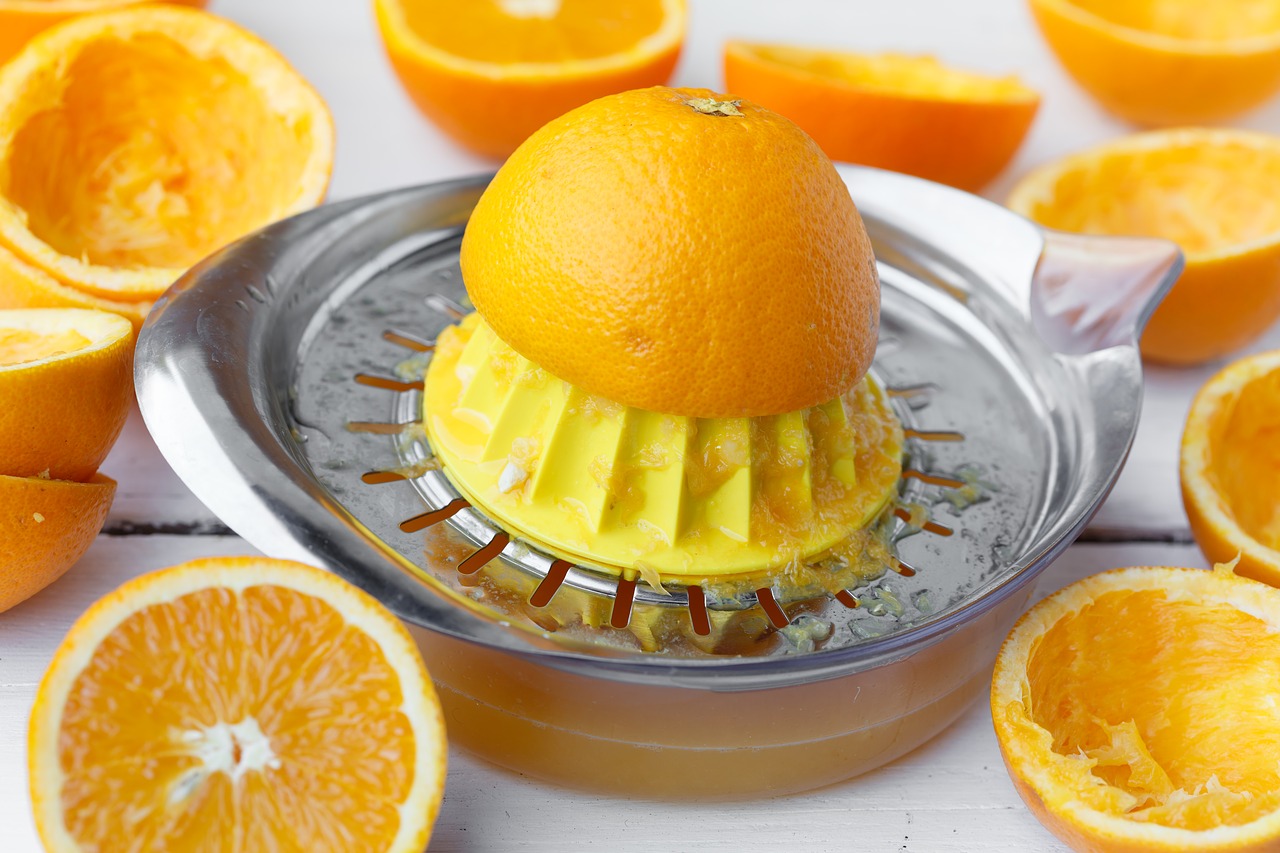
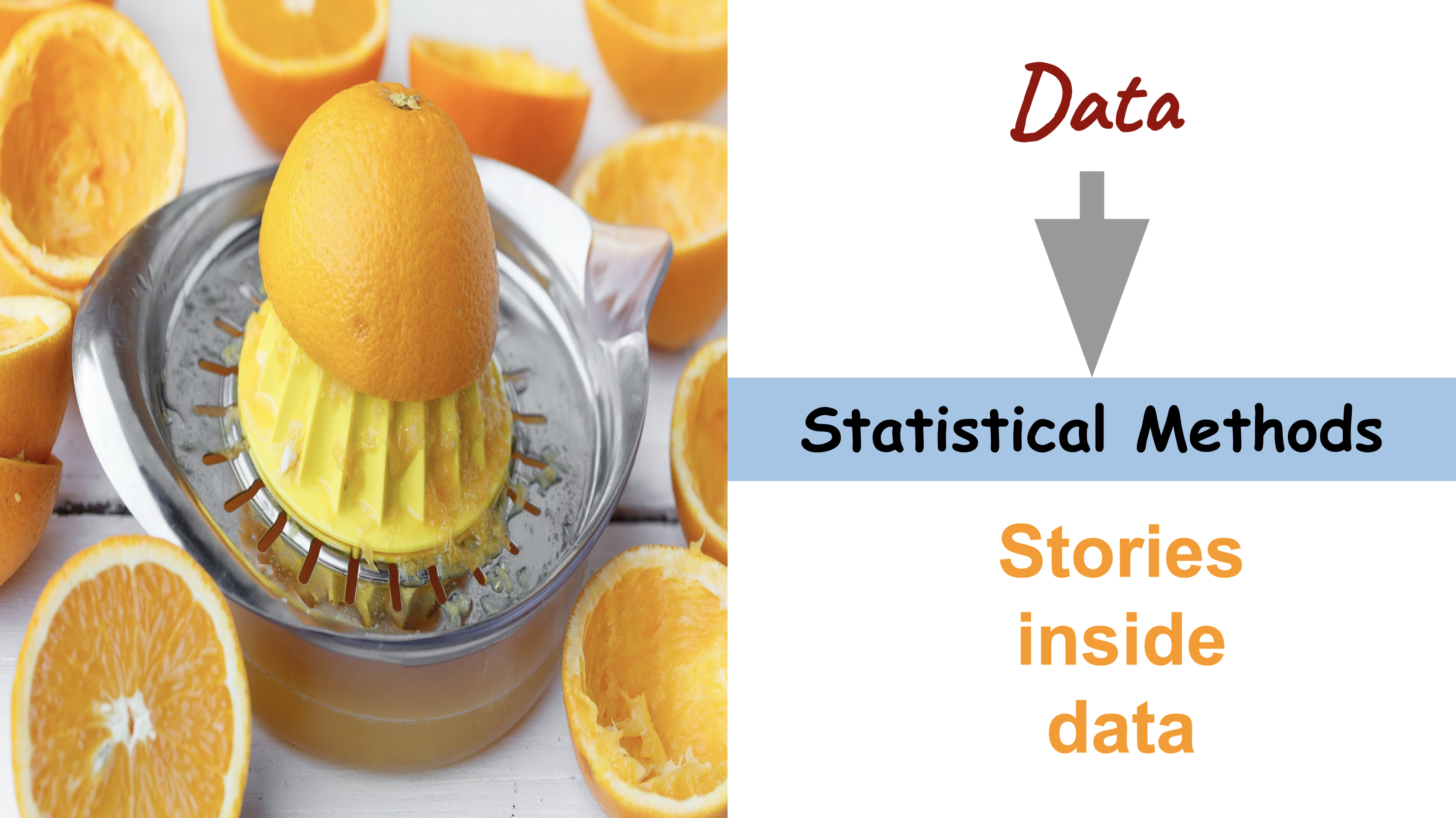
The science of collecting, organizing, and analyzing data, and presenting, and interpreting and interpreting the results derived from that data to gain insights and make informed decisions.
Presenting Data: Example
https://thiyangt.github.io/dsjobtraker_dashboard_mc/#top-software-and-skills
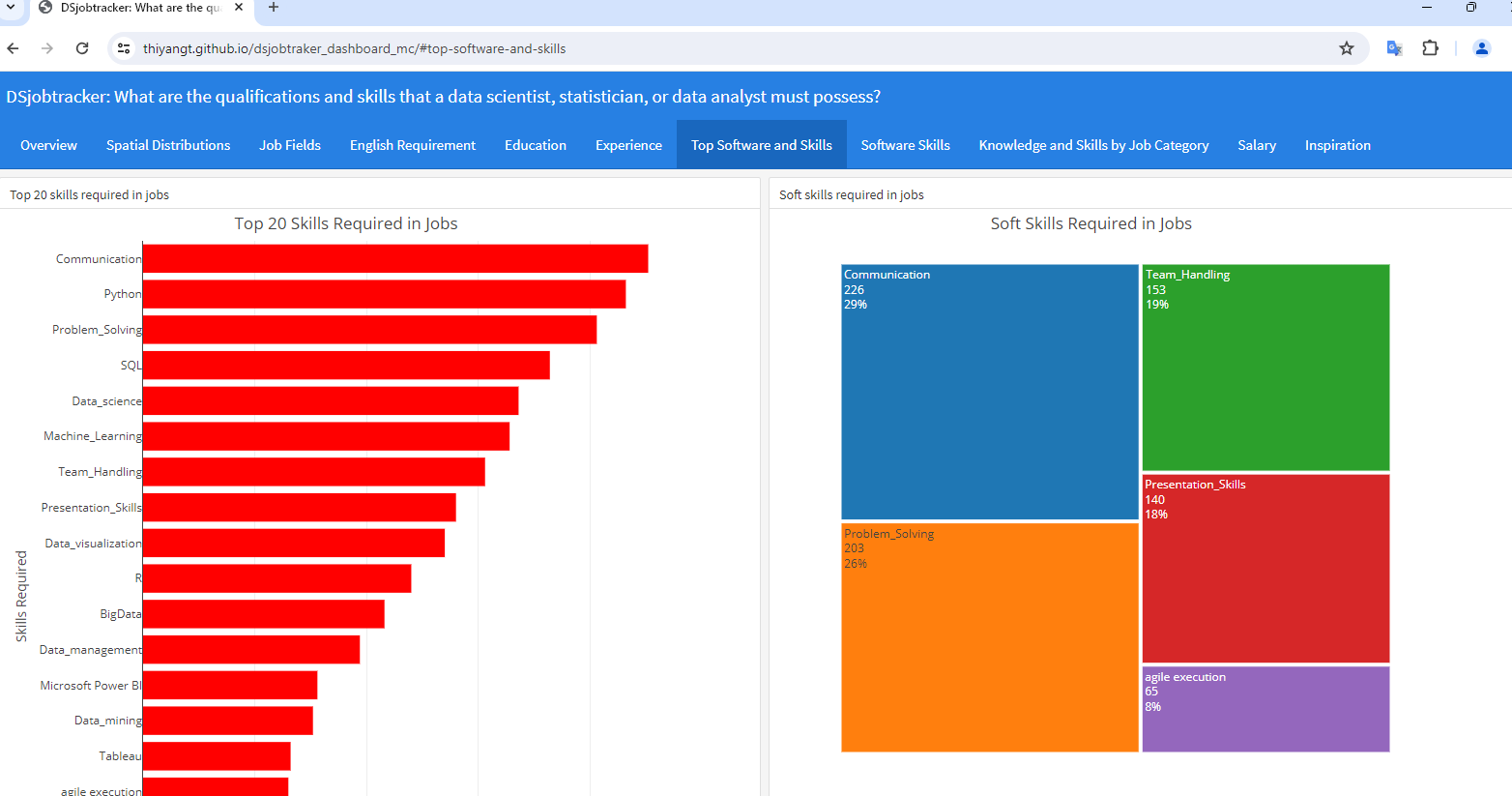
The science of collecting, organizing, and analyzing data, and presenting, and interpreting results derived from that data to gain insights and make informed decisions.
The science of collecting, organizing, and analyzing data, and presenting, and interpreting results derived from that data to gain insights and make informed decisions.
When you analyze data and gain insights, you’re uncovering patterns, trends, or meaningful information.
Example:
From the sales data, the company gained insights into customer behavior — such as which products were most popular in different regions.
The science of collecting, organizing, and analyzing data, and presenting, and interpreting results derived from that data to gain insights and make informed decisions.
“Informed” means based on knowledge, facts, or awareness.
When we say “informed decisions,” it refers to choices made after carefully considering relevant information or data, rather than guessing or relying on assumptions.
Outline
What is statistics?
Where do we use statistics?
Why do we need statistics?
Outline
What is statistics?
Where do we use statistics?
Why do we need statistics?
Your turn
How often do you find yourself relying on statistics in your daily routines or decision-making processes?
Could you provide a few examples of how you utilize statistical information?
10:00
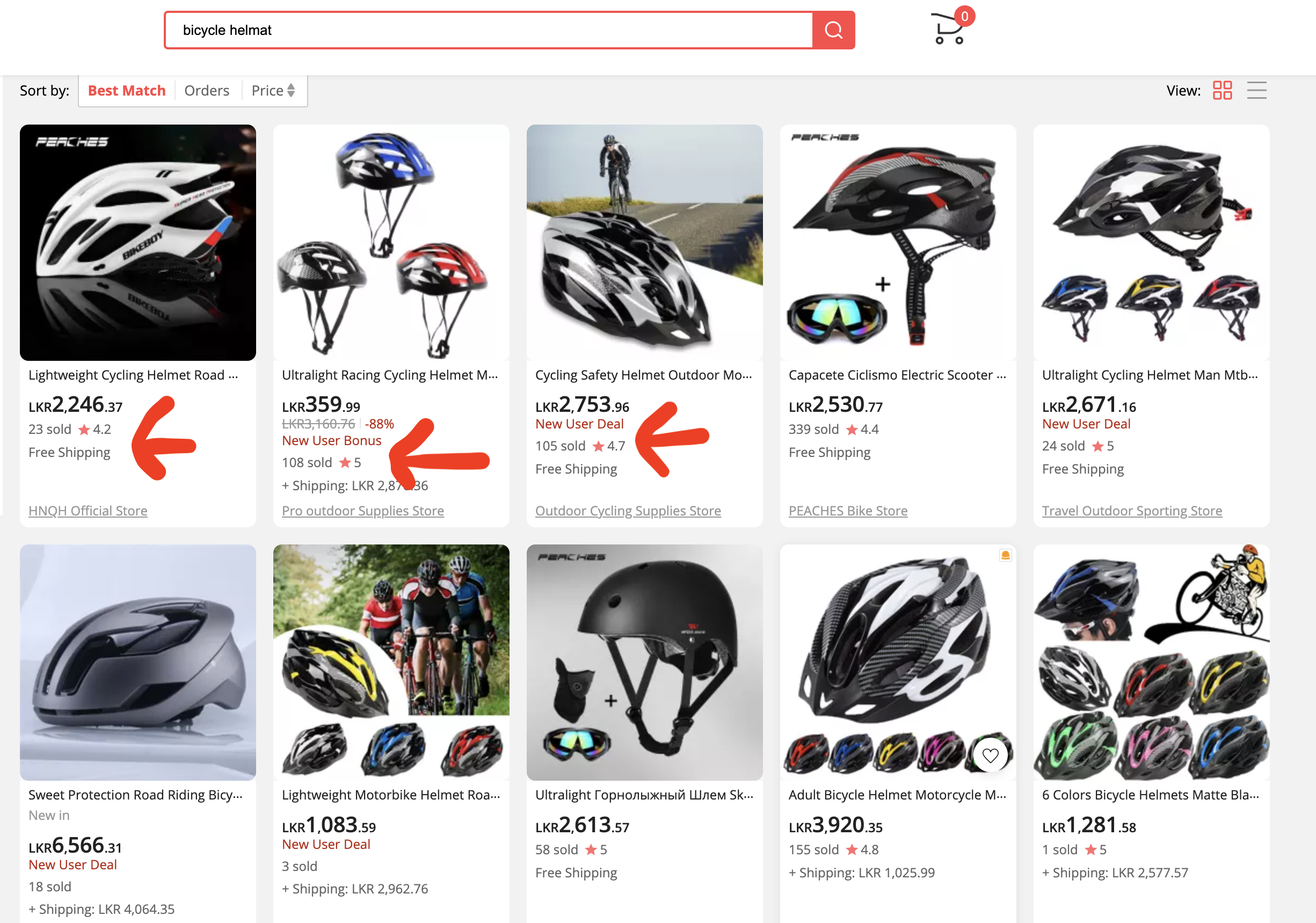

Applications of statistics in different fields
| Terminology | Field |
|---|---|
| Epidemiology | The study and analysis of the patterns, causes and effects of health and disease conditions |
| Astrostatistics | Applies statistical analysis to the understanding of astronomical data |
| Biostatistics | Studies biological phenomena |
| Demography | Statistical study of all populations |
| Social statistics | Study human behavior in a social environment |
| Chemometrics | Science of extracting information from chemical systems by data-driven means |
| Terminology | Description |
|---|---|
| Actuarial statistics | Discipline that deals with assessing the risks in insurance and finance field. |
| Forensic statistics | Studies DNA testing results |
| Spatial statistics | Analysis of spatial data |
| Econometrics | Uses economic theory, mathematics, and statistical inference to quantify economic phenomena. |
| Jurimetrics | Application of probability and statistics to law. |
| Psychometrics | Applies statistical methods to psychological measurements |
Outline
What is statistics?
Where do we use statistics?
Why do we need statistics?


Captured by Dr Thiyanga S. Talagala

#Learn to Travel. Travel to Learn.